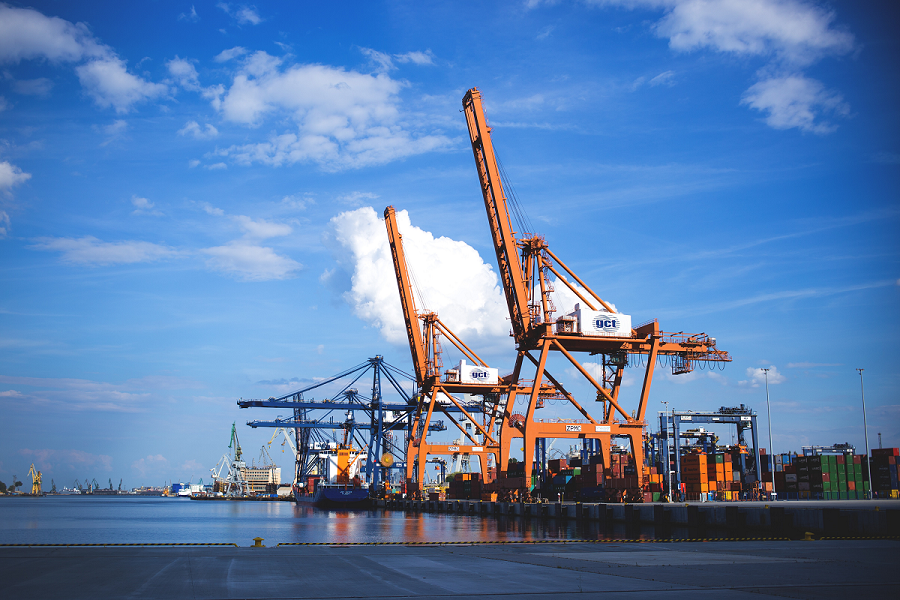Most products today are made globally. The inputs used in their making come from all over the world, which means producers rely on highly integrated and well-functioning supply chains to obtain the necessary inputs in a timely and cost efficient way. Consequently, regulation designed with domestic needs only is no longer sufficient.
For supply chains – regional and global – to function properly countries need to cooperate with their counterparts in other countries to avoid unnecessary requirements or misaligned approaches, and allow regulators to perform their duties like inspection expediently. If inputs arrive late it can cause production delays, or in the case of perishable goods (e.g. fruits, vegetables, pharmaceuticals) or products subject to seasonal business cycles (e.g. clothing and sports equipment) can cause significant loss of revenue.
Regulatory coherence does not mean that countries should abandon domestic regulatory efforts, or that one size fits all.
Domestic regulations are crucial in ensuring the health, safety and environmental protection of consumers. Instead, it is about improving cooperation among businesses, regulators and policy makers on the domestic side, and better coordination among regulators in different countries. To accomplish this, there are a few areas of regulatory coherence that countries could on that would help improve international trade flows and the functioning of supply chains.
First, policy maker and regulators should work together in the developing and implementing regulations. As an OECD ( report shows, regulations are often developed without meaningful consultation with regulators and industry stakeholders, which can lead to ineffective regulations that do not achieve their objectives and impose additional, unnecessary costs on consumers.
To avoid this, governments should engage regulators and stakeholders early in the policy planning to get a better understanding of the needs of industries and potential impact of regulations.
A second way countries can improve regulatory convergence is by adapting regulations to supply chains and industries, rather than focusing too much on unilateral regulation. As production moves increasingly towards regional and global supply chains, it would be more effective for countries to apply their regulations in partnership with other countries with whom they share supply chains and products.
For example, Mexico and the United States have an integrated manufacturing supply chain for automobiles. Therefore, adopting a regulatory partnership in the automotive sector would be more efficient than subjecting Mexican and United States regulatory requirements – that have the same goal of consumer safety – to the same supply chain, without consultation. A good example of this type of coordination is airline safety regulations that have been largely aligned multilaterally.
Although this type of regulatory coherence will not be duplicated in all industries, there are lots of opportunities for cooperation. For example, engaging stakeholders to help identify areas ripe for alignment and cooperation between national regulators, and developing independent bodies that can work on these issues and coordinate implementation of regulations.
The Pacific Alliance is a great of example of how countries can cooperate on regulation.
As part of the Pacific Alliance agreement, members included an Annex Chapter on Regulatory Improvement that established procedures of coordination and review of regulations, and created a Regulatory Improvement Committee. The job of the Committee is to work on capacity building in regulatory reform by improving the transparency and access to regulations, and facilitating greater interaction between the regulators and private businesses and the public. Additionally, they created Pacific Alliance Business Council (CEAP). The CEAP comprised of business representatives from the four member countries and is tasked with analyzing and recommending areas ripe for harmonization based on consultation with industries for all four member countries. Their proposals are channeled to technical working groups that negotiate regulatory alignment in the identified sectors.
So far, the group has succeeded in harmonizing regulatory requirements in cosmetic products. Cosmetics were identified through consultations with businesses and the CEAP as a priority sector that had strong potential for intra-regional trade. Through the technical working group the countries negotiated an agreement on the Elimination of Technical Barriers to Trade in Cosmetic Product that aligns government regulations and procedures. Subsequent sectors that have been identified for future regulatory cooperation include pharmaceuticals, food supplements and medical devices.
This step-by-step approach to regulatory coherence can and should be duplicated with other trading partners in Latin America, not just PA members. Now is a particularly opportune moment to engage in cooperation, as the region looks for ways to stimulate trade and deepen integration.


Leave a Reply